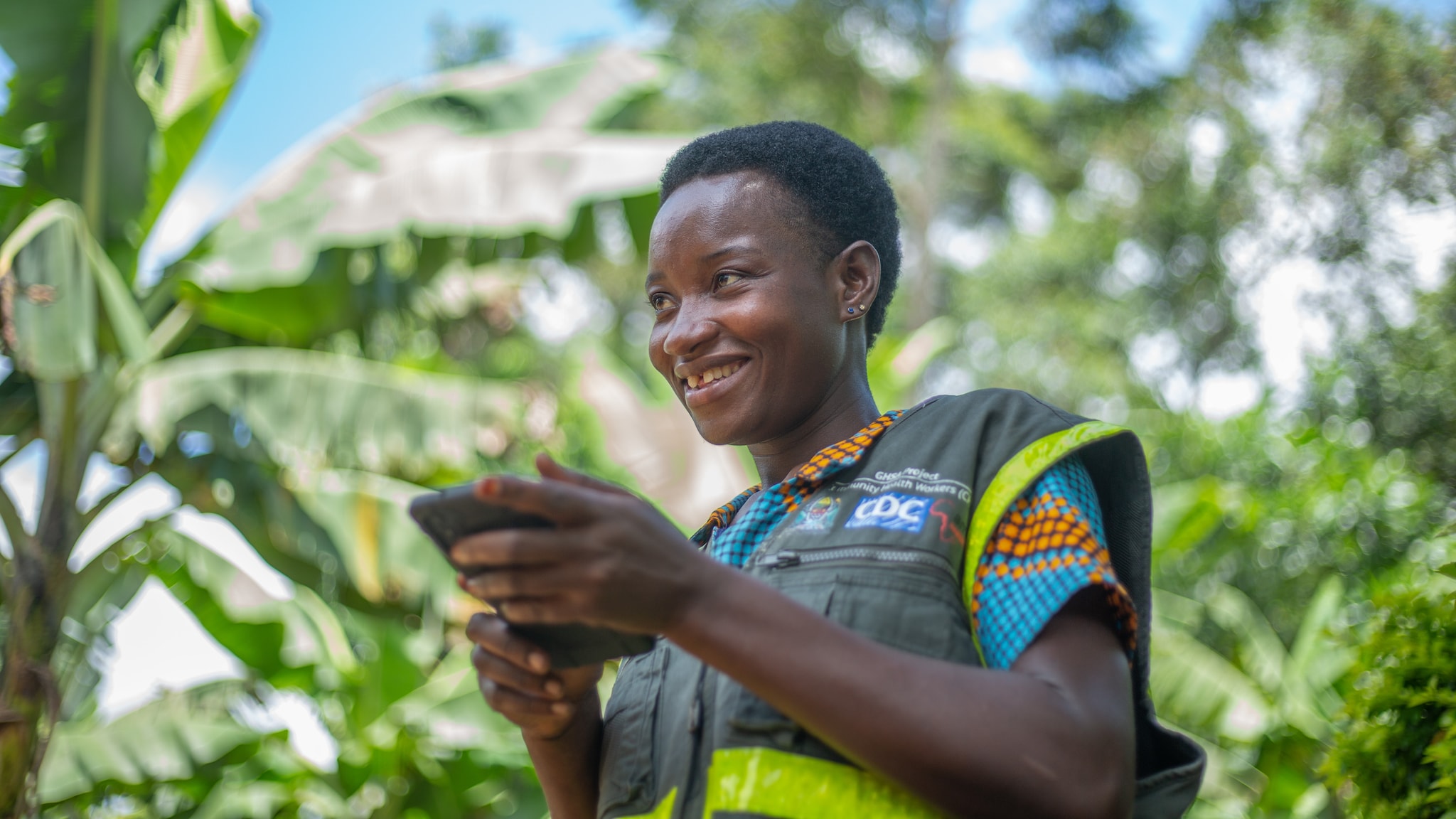Key points
- In March 2023, Tanzania faced its first outbreak of Marburg virus disease, a rare and deadly severe hemorrhagic fever similar to Ebola.
- When reports of suspicious deaths surfaced, CDC-trained community health workers sprang into action using event-based surveillance training.
- Thanks to CDC’s training and the collaborative efforts of health authorities, the outbreak was contained.
The Challenge

In March 2023, Tanzania faced its first outbreak of Marburg virus disease, a rare and deadly severe hemorrhagic fever similar to Ebola. The outbreak occurred in the Kagera region, which borders Uganda and Rwanda.
Vedestina Shumbusho, a dedicated community health worker trained by CDC, played a crucial role in containing the crisis. Just a year prior, Shumbusho had undergone training as part of a series of event-based surveillance sessions organized by CDC and its partners in response to the 2022 Ebola outbreak in the region.
CDC's Efforts
When reports of suspicious deaths surfaced in the Kanyangereko village on March 15, 2023, Shumbusho sprang into action using the electronic event-based system training. Her quick response triggered an equally swift reaction from Tanzanian health authorities, who declared an official outbreak on March 21. This led to a coordinated response from CDC, the Ministry of Health, and other partners, who immediately deployed staff and provided training and support on surveillance, contact tracing, and case management.
Broader Implications
Thanks to CDC’s training and the collaborative efforts of health authorities, the outbreak was contained, with the last case recorded just a few months later, on May 31, 2023. Although the outbreak resulted in eight confirmed cases, one probable case, and six deaths, Shumbusho’s early recognition and reporting undoubtedly prevented further spread, saving countless lives.
